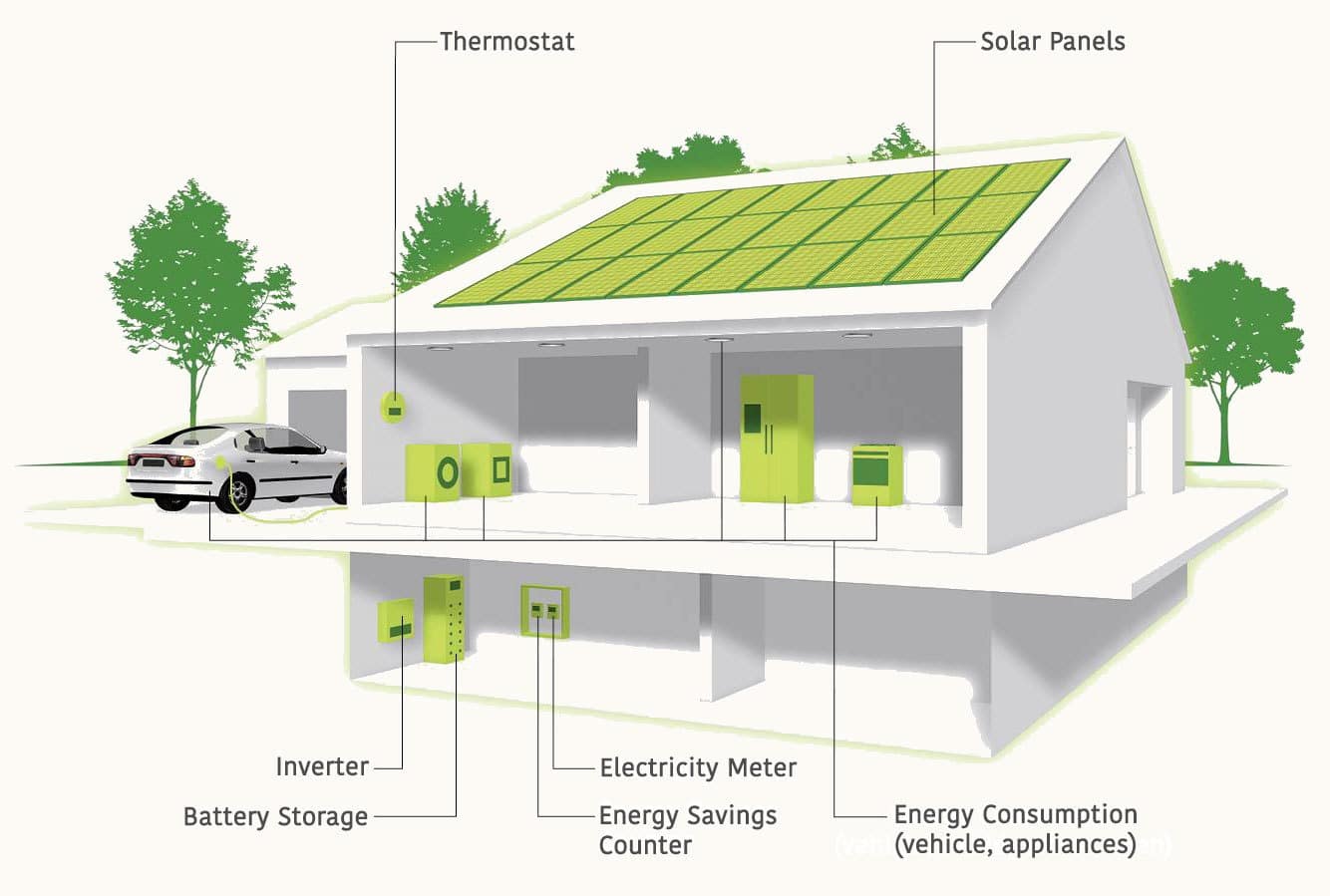How To Connect Solar Power To Home Electrical System
“How to connect solar power to home electrical system”
Understanding the Basics of Solar Power
Before we dive into the details of connecting solar power to a home electrical system, it’s essential to understand the basics of solar power. Solar panels convert sunlight into direct current (DC) electricity, which is then converted into alternating current (AC) electricity using an inverter. The AC electricity is then fed into the home electrical system, where it can power appliances, lighting, and other electrical devices.
Related
Assessing Your Home’s Energy Needs
Before installing a solar power system, it’s crucial to assess your home’s energy needs. This involves calculating your energy consumption, taking into account factors such as the size of your home, the number of occupants, and your energy usage patterns. You can use online tools or consult with a solar energy professional to determine your energy requirements.
Choosing the Right Equipment
To connect solar power to a home electrical system, you’ll need the following equipment:
- Solar Panels: These are the photovoltaic (PV) modules that convert sunlight into DC electricity. Choose panels that are compatible with your home’s energy needs and budget.
- Inverter: This device converts the DC electricity generated by the solar panels into AC electricity that can be used in your home.
- Mounting System: This includes the hardware used to secure the solar panels to your roof or ground-mounted array.
- Charge Controller: This device regulates the flow of energy from the solar panels to the battery bank (if you have one) and prevents overcharging.
- Battery Bank: If you want to store excess energy generated by your solar panels for later use, you’ll need a battery bank.
- Electrical Panel: This is the main distribution panel that connects your solar power system to your home electrical system.
Safety Precautions

When connecting solar power to a home electrical system, safety is paramount. Ensure that:
- You have the necessary permits: Obtain the required permits from your local authorities before commencing the installation.
- You follow proper installation procedures: Hire a qualified solar energy professional or follow manufacturer instructions to ensure a safe and proper installation.
- You use protective gear: Wear protective gear, such as gloves, safety glasses, and a hard hat, when working with electrical systems.
- You disconnect the main power supply: Switch off the main power supply to your home before starting the installation.

Installation Procedures
To connect solar power to a home electrical system, follow these steps:
- Assess your roof or installation site: Ensure that your roof or installation site is suitable for solar panels, taking into account factors such as shading, wind direction, and structural integrity.
- Install the mounting system: Secure the solar panels to your roof or ground-mounted array using the mounting system.
- Connect the solar panels: Connect the solar panels to the inverter, ensuring that the wiring is secure and meets local electrical codes.
- Install the inverter: Install the inverter in a well-ventilated area, such as a garage or utility room, and connect it to the solar panels and electrical panel.
- Connect the battery bank (if applicable): Connect the battery bank to the charge controller and inverter, ensuring that the wiring is secure and meets local electrical codes.
- Connect the electrical panel: Connect the solar power system to your home electrical panel, ensuring that the wiring is secure and meets local electrical codes.
- Test the system: Test the solar power system to ensure that it’s functioning correctly and safely.
Grid Tie vs. Off-Grid Systems
When connecting solar power to a home electrical system, you have two options: grid tie or off-grid systems.
- Grid Tie Systems: These systems connect to the electrical grid and allow you to sell excess energy back to the utility company. They require a net meter, which measures the difference between the energy produced by your solar panels and the energy consumed by your home.
- Off-Grid Systems: These systems are designed for homes that are not connected to the electrical grid. They require a battery bank to store excess energy generated by the solar panels, which can be used during periods of low sunlight or at night.
Maintenance and Monitoring
To ensure that your solar power system operates efficiently and safely, regular maintenance and monitoring are crucial. This includes:
- Cleaning the solar panels: Regularly clean the solar panels to remove dirt, debris, and snow, which can reduce energy output.
- Inspecting the system: Regularly inspect the system for signs of wear and tear, damage, or malfunction.
- Monitoring energy production: Use a monitoring system to track energy production and identify potential issues.
Conclusion
Connecting solar power to a home electrical system can be a complex process, but with the right guidance, it can be a rewarding and cost-effective investment. By understanding the basics of solar power, assessing your home’s energy needs, choosing the right equipment, and following proper installation procedures, you can enjoy the benefits of renewable energy and reduce your carbon footprint. Remember to always prioritize safety and follow local electrical codes and regulations to ensure a safe and efficient installation. With proper maintenance and monitoring, your solar power system can provide you with clean, reliable energy for years to come.

